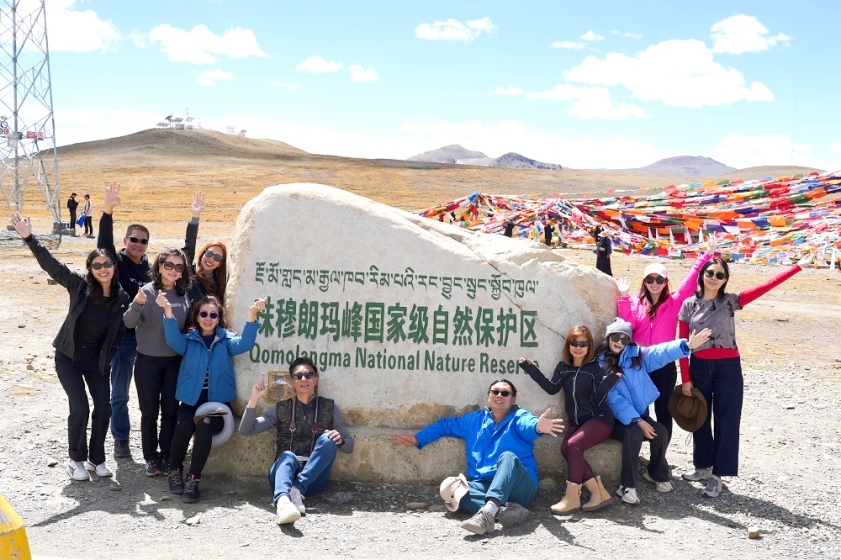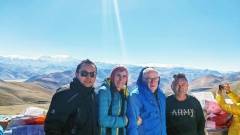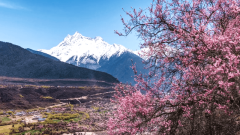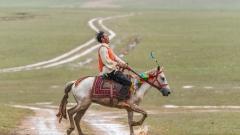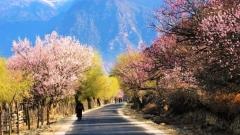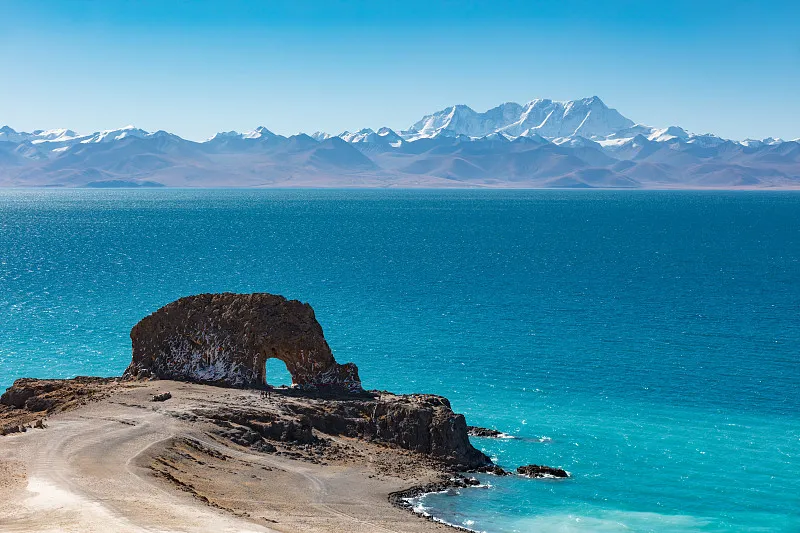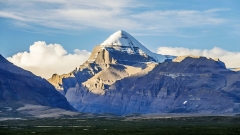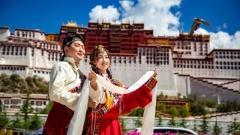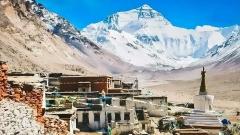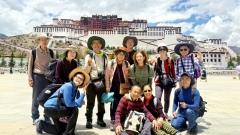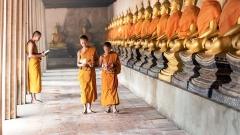Everest Base Camp in Tibet, situated at 5,200 m above sea level, experiences extreme, rapidly changing weather all year round. The optimal windows for trekking and sightseeing are spring (April to June) and autumn (September to November) when skies are clear, temperatures are moderate, and visibility is excellent. The monsoon season (July – August) brings frequent, short‑lived showers but also lush landscapes and occasional rainbows. Winter (December – February) offers crystal‑clear skies, star‑studded nights, and fewer crowds, albeit at the cost of bitter cold and limited services. Whether you’re trekking from Tingri or attempting the Advanced Base Camp route, understanding these seasonal variations helps you plan a safe, unforgettable journey to the Roof of the World.
Introduction of Everest Base Camp
Everest Base Camp (EBC) on the Tibetan side lies within the Qomolangma Protection Zone at an elevation of 5,200 m, making it one of the most sought‑after high‑altitude destinations. Although high altitude and mountain weather can be intimidating, the region offers distinct advantages in each season that cater to different types of travelers – trekkers, mountaineers, photographers, and cultural explorers alike. In this guide, we dissect Tibet EBC’s climatic patterns across the year, highlight the prime visiting windows, detail trekking route timing, and share insider tips for maximizing your experience.
Overview of Climate at Everest Base Camp
Tibet’s high‑plateau climate is characterized by low oxygen levels, strong UV radiation, and significant diurnal temperature variations. At 5,200 m, daytime highs rarely exceed 15 °C, while night‑time lows can plunge well below freezing – even in warmer months. Winds, especially the jet stream, can whip across the camp, making apparent temperatures feel much colder. Precipitation is heavily seasonal, with most rain arriving during the summer monsoon and snowfall possible throughout winter.
Best Seasons to Visit Everest Base Camp
| Month | Max. Temperature (℃) | Min. Temperature (℃) |
|---|---|---|
| April | 10 | –5 |
| May | 15 | 0 |
| June | 17 | 5 |
| July | 16 | 8 |
| August | 16 | 6 |
| September | 19 | 5 |
| October | 12 | 4 |
| November | 10 | –10 |
| December | 4 | –15 |
| January | 4 | –17 |
| February | 4 | –15 |
| March | 7 | –12 |
Spring (April to June)
Spring ranks among the top two periods for visiting EBC due to steadily rising temperatures and stable weather.
Temperature & Precipitation:
- April averages: high of ~10 °C, low of –5 °C, rainfall ~8 mm.
- May averages: high of ~15 °C, low of 0 °C, rainfall ~8 mm.
- June averages: high of ~17 °C, low of 5 °C, rainfall ~31 mm.
Advantages:
- Clear skies and minimal precipitation make for excellent mountain views.
- Wildflowers begin to bloom and valleys turn lush green, enhancing the scenic appeal.
- Longer daylight hours afford more trekking time and better acclimatization pacing.
Monsoon (July to August)
Although rainfall peaks in these months, monsoon season has unexpected charms.
Temperature & Precipitation:
- July averages: high 16 °C, low 8 °C, rainfall ~94 mm.
- August averages: high 16 °C, low 6 °C, rainfall ~108 mm.
Advantages:
- Occasional downpours are typically short-lived, followed by bright sunshine and possible rainbows.
- Verdant landscapes and flowing mountain streams create dramatic photographic opportunities.
- Fewer tourists mean a quieter trekking experience and potential cost savings on accommodations.
Considerations:
- Trails may become slippery; good rain gear and sturdy boots are essential.
- Afternoon showers are common; plan outdoor activities for mornings when possible.
Autumn (September to November)
Autumn offers some of the most stable weather conditions and is the peak trekking season.
Temperature & Precipitation:
- September: high ~19 °C, low ~5 °C, rainfall ~39 mm.
- October: high ~12 °C, low ~4 °C, rainfall ~18 mm.
- November: high ~10 °C, low –10 °C, rainfall ~1 mm.
Advantages:
- Diminished monsoon clouds reveal the Everest summit in full view.
- Crisp air enhances visibility to 100+ km on clear days.
- Foliage turns golden and crimson in lower valleys, adding vibrant contrast to snowy peaks.
Winter (December to February)
Winter is ideal for those seeking solitude, astrophotography, and unobstructed vistas.
Temperature & Precipitation:
- December: high 4 °C, low –15 °C, rainfall ~2 mm.
- January: high 4 °C, low –17 °C, rainfall ~6 mm.
- February: high 4 °C, low –15 °C, rainfall ~4 mm.
Advantages:
- Virtually cloud‑free days present Everest’s peak basked in golden sunrise and sunset hues.
- Star‑filled nights and the Milky Way overhead offer unparalleled night‑sky views.
- Lower visitor numbers mean exclusive access to Rongbuk Guesthouse and quiet trails.
Considerations:
- Temperatures can drop below –20 °C at night; robust cold‑weather gear and careful acclimatization are mandatory.
- Some seasonal services (e.g., tent guesthouses) may be unavailable until spring reopening in April.
Trekking Routes and Timing
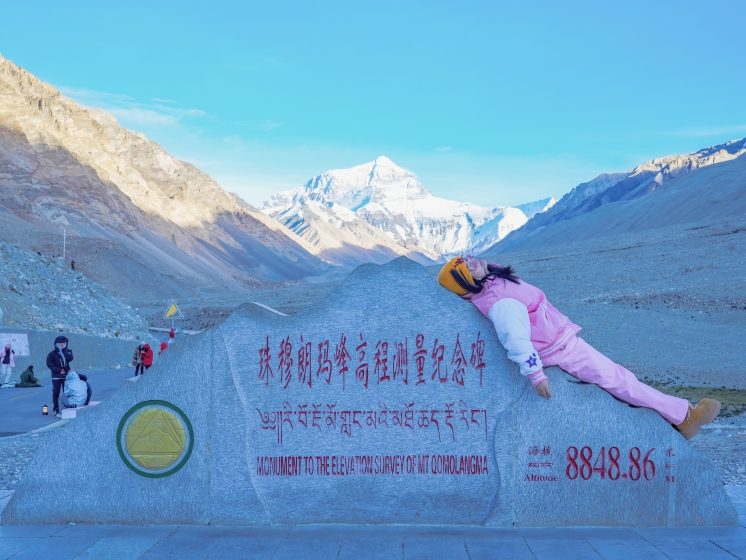
Tingri to Everest Base Camp Trek
The classic Tingri–EBC trek is best undertaken in spring (April – June) or autumn (September – October) when the trail is dry, and views are unobstructed. Daytime temperatures hover between 5 °C and 15 °C, while nights can drop below freezing. Monsoon months are possible but trail conditions are muddier, requiring extra caution.
Advanced Base Camp Trek
For seasoned trekkers aiming beyond EBC toward the Advanced Base Camp (ABC), the pre‑monsoon (April – May) and post‑monsoon (September – October) windows are optimal. Clear skies and minimal precipitation allow close encounters with glaciers, ridges, and pinnacles that define Everest’s northern approach.
Best Time for Mountaineering
Climbers attempting the northeast ridge via EBC plan ascents in April – May and September – November, leveraging stable weather before and after the monsoon. Acclimatization stops at tourist EBC and Rongbuk Monastery precede final pushes to the climber’s Base Camp on the Rongbuk Glacier. Vehicle access to North Base Camp via the Friendship Highway is generally possible in summer months, easing logistics.
Visitor Tips for a Successful Trip
- Acclimatize Gradually: Spend at least two nights in Lhasa (3,650 m) before ascending to Tingri or Shigatse to reduce altitude sickness risk.
- Layered Clothing: Use moisture‑wicking base layers, insulating mid‑layers, and a waterproof shell to adapt to fluctuating daytime warmth and freezing nights.
- Sun Protection: High UV levels demand broad‑spectrum sunscreen, UV‑blocking sunglasses, and a wide‑brimmed hat at all times.
- Hydration & Nutrition: Drink at least 3 – 4 L of water daily and maintain a high‑calorie diet to offset increased metabolic demands at altitude.
- Rain & Mud Gear: If traveling in monsoon months, pack quick‑dry clothing, waterproof gloves, and gaiters to keep trails manageable.
- Pre‑Book Permits & Services: Tibet Travel Permits and area permits must be arranged through a licensed agency; peak months fill quickly – reserve 2-3 months in advance.
Visit Everest Base Camp
Selecting the right time to visit Tibet’s Everest Base Camp hinges on your priorities: spring and autumn deliver the best balance of temperature, visibility, and trail conditions; monsoon offers lush scenery and tranquil paths; winter grants pristine, crowd‑free panoramas and celestial spectacles. Understanding these seasonal nuances empowers you to tailor your journey – whether trekking from Tingri, tackling the Advanced Base Camp route, or pursuing a full-scale Everest ascent.
For travelers seeking a seamless, fully supported experience – including Tibet Travel Permits, flights, hotels, private transport, and expert guides – China Dragon Travel offers custom and small‑group tour packages designed around these optimal seasons. Contact us today to plan your once‑in‑a‑lifetime expedition to the Roof of the World, perfectly timed to match your adventure goals.



